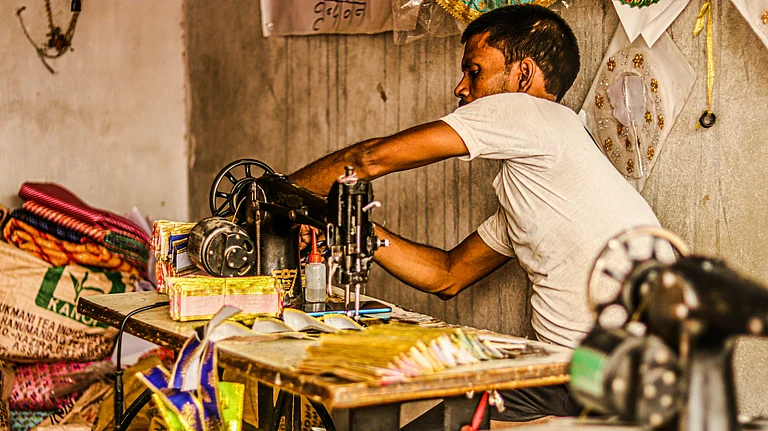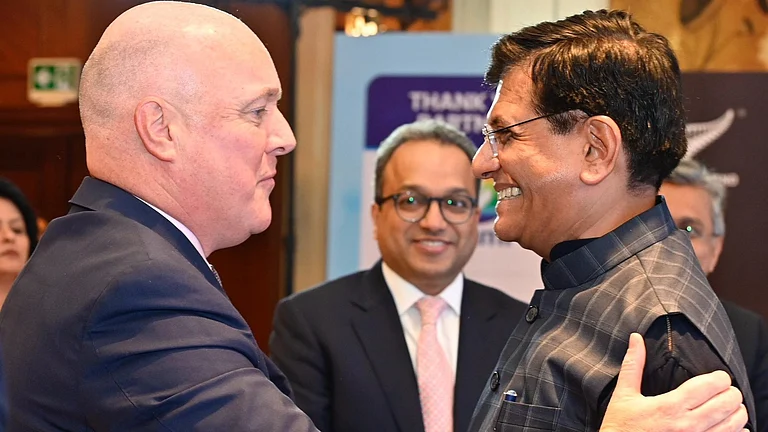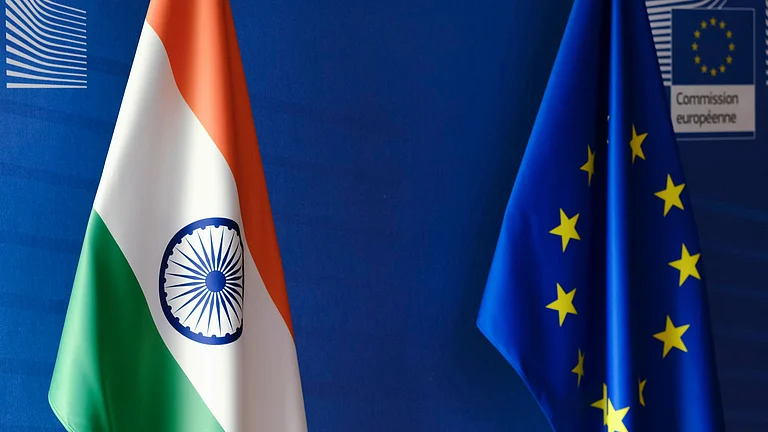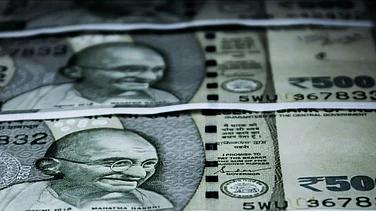India and the United Kingdom have formally signed a comprehensive Free Trade Agreement (FTA), finalised during Prime Minister Narendra Modi’s recent visit to London.
The pact, hailed as a “new economic chapter” by both sides, holds significant implications for sectors ranging from technology and defence to services and manufacturing.
This is India’s first major FTA with a European nation and the UK’s most ambitious trade deal since Brexit. It eliminates or reduces tariffs across 99% of Indian export lines to the UK, while also lowering duties for a wide range of British products entering India. The agreement is expected to add over £25–30 billion (approximately $35 billion) annually to bilateral trade by 2040.
Commenting on the strategic importance of the deal, Hemant Jain, president of PHDCCI, said, “The signing of the India–UK Free Trade Agreement is a landmark moment for Indian industry. We commend both governments for finalising a deal that promises to catalyse bilateral trade, enhance competitiveness of Indian SMEs and open new doors for industries in manufacturing, services and technology sectors.”
One sector that will witness a significant impact of this pact is the automotive industry, where import tariffs, market access and reciprocal supply chain benefits will play a major role.
Provisions Related to Auto Sector
Under the agreement, import duties on UK‑built vehicles, both petrol/diesel and electric, will be slashed from over 100% to roughly 10%, subject to a defined annual quota. This concession will be phased in gradually over the next 10–15 years, with safeguard measures to shield India’s domestic auto industry as its own production capacity expands.
To qualify for the reduced rate, vehicles must meet strict “Rules of Origin” requirements, ensuring that a specified share of value‑addition takes place in the UK and preventing third‑country products from being rerouted through the UK.
Concessional duty relief is further tailored according to engine size, vehicle price and individual country‑specific quotas. In the case of electric vehicles, only about 22 000 premium models will be eligible for the 10% duty; any imports beyond that threshold will face the standard duty rates.
Congratulating PM Modi on the agreement, Shradha Suri Marwah, President, The Automotive Component Manufacturers Association of India (ACMA) said, "The CETA is expected to benefit the Indian auto component sector through enhanced opportunities for exports, streamlined regulatory processes, particularly in key areas such as electric mobility, precision engineering, and lightweight materials. Indian MSMEs, which form the backbone of our industry, stand to gain from the liberalized terms of trade and improved access to UK markets."
Positive for Luxury Vehicles
One of the standout provisions of the FTA is a significant reduction in import duties on British‑made vehicles and premium motorcycles.
British automotive giants like Rolls‑Royce, Bentley, Aston Martin and Jaguar Land Rover stand to benefit immediately, with the deal enabling the import of premium electric and combustion vehicles at dramatically lower costs.
For example, the price of a Bentley Bentayga, currently retailing in India at over Rs 4 crore, could fall by nearly 40% under the new duty regime.
The agreement also grants similar duty relief for premium motorcycles such as Triumph, Norton and BSA, many of which have been looking for a bigger footprint in India’s expanding high‑end mobility market.
Indian Auto‑Component & EV exporters
The FTA also brings opportunity for Indian auto‑component manufacturers, particularly those with exposure to the UK market.
Companies such as Bharat Forge, Motherson Sumi and Sona Comstar will now benefit from zero or significantly reduced tariffs on exports to the UK, giving them a cost advantage in one of Europe’s top automotive markets.
For EV players like Tata Motors and Mahindra Electric, the agreement provides an entry point into the UK’s electric vehicle ecosystem. A special quota of 22 000 premium EVs annually has been set, allowing Indian companies to import or export under reduced duties.
This paves the way for a more collaborative EV ecosystem, involving shared R&D, reciprocal supply chains and accelerated market expansion.
Another impact of the FTA involves the rare‑earth and magnet supply chains vital to EV production. The UK has been building a circular economy focused on recycling, urban mining and clean‑tech materials. India, meanwhile, is pushing hard to break its dependence on China for metals used in EV batteries and motors, like lithium, cobalt, nickel and neodymium.
Anupam Kumar, co‑founder and CEO of MiniMines, a start‑up working in urban mining and rare‑earth recovery, noted, “With India promising to invest Rs 3 500–5 000 crore to grow its rare‑earth and magnets ecosystem, the UK–India FTA comes at a crucial moment…The FTA has the potential to shift [our] exposure through tariff‑free access to UK clean‑tech inputs while enabling us to work collectively on joint R&D in sustainable recycling and magnetic material recoveries.”
Rules of Origin
The Indian government has ensured that the deal does not jeopardise domestic manufacturers. The duty reductions will be phased in over 10–15 years and only apply within carefully calibrated quotas. India has also insisted on strict Rules of Origin, ensuring that only genuinely UK‑manufactured goods benefit from the lower tariffs and not items rerouted from third countries.
Officials say this “nuanced approach” protects Indian OEMs from being undercut while giving them time to scale up local manufacturing to a projected annual capacity of over 1 crore vehicles in the coming decade.

































